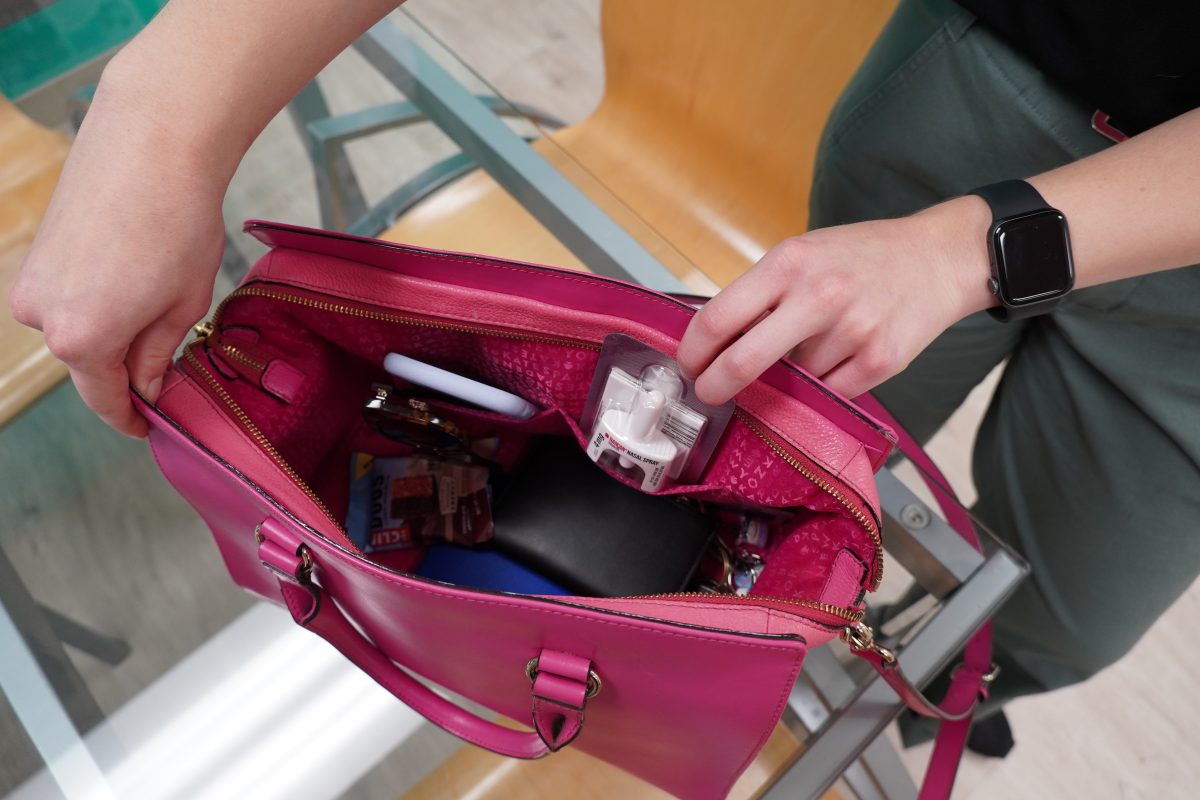The opioid epidemic in the United States is currently one of the most significant in the world. According to the CDC, “There were an estimated 107,622 drug overdose deaths in the United States during 2021, an increase of nearly 15% from the 93,655 deaths estimated in 2020. The 2021 increase was half of what it was a year ago, when overdose deaths rose 30% from 2019 to 2020.”
Harm reduction is an approach to minimizing the severe consequences that are often associated with substance misuse. Harm reduction programs aim to save lives through:
- Overdose prevention education
- Safe use sites
- Fentanyl test strips
- Free syringe service programs
- Access to Narcan and other overdose supplies
And much more.
Harm reduction is not “encouraging” people to use drugs or “discouraging” them to seek treatment. Rather, it’s about ensuring that people who may use alone and in unsafe conditions have options to mitigate those risks. Harm reduction also brings essential services like healthcare, social services, and treatment to those who may not have otherwise encountered them.
Harm reduction helps destigmatize substance use disorder
Substance use disorder is a complex disease that manifests in the compulsive use of substances despite the harmful consequences. For those needing help, the stigma surrounding substance misuse can be a significant barrier to seeking it. A person who uses drugs may feel that they have “failed,” or fear legal consequences, including incarceration or having their children taken away.
Normalizing public health measures that increase conversations around substance misuse and accessibility to resources can reduce the barriers people may feel or experience when trying to access services.
Harm reduction provides overdose prevention and education
In Missouri alone, overdose was the leading cause of death among adults ages 18 to 44 in 2020, with over 70% involving opioids like heroin, fentanyl, and oxycodone.
Harm reduction seeks to reduce these deaths by providing communities and individuals with the knowledge and supplies to prevent fatal overdoses. This includes:
- Recognizing the signs of an overdose
- Provision and training on reversal supplies like Narcan
- Disposing of prescription medication
- Safe storage of prescription medication
At PreventEd, we offer free Narcan training and supplies.
Harm reduction provides safe use education and essential social and health services
Harm reduction seeks to educate people about safe use, including not sharing needles and other supplies. This helps prevent the spread of infectious diseases like HIV and bacterial and fungal infections. Syringe service programs are just one of the ways to make use safer.
Syringe service programs (also called needle exchange programs) are community-based programs designed to provide a range of resources and harm reduction measures to people who use drugs. They sometimes provide assistance with finding housing, food, and healthcare. They also can provide screening for infections and STDs, vaccinations, and counseling.
PreventEd is here to help
PreventEd provides individuals and their families with the resources they need to begin their recovery journey. We can give you an objective, professional assessment and referrals to resources that match your circumstance, needs, and situation.

